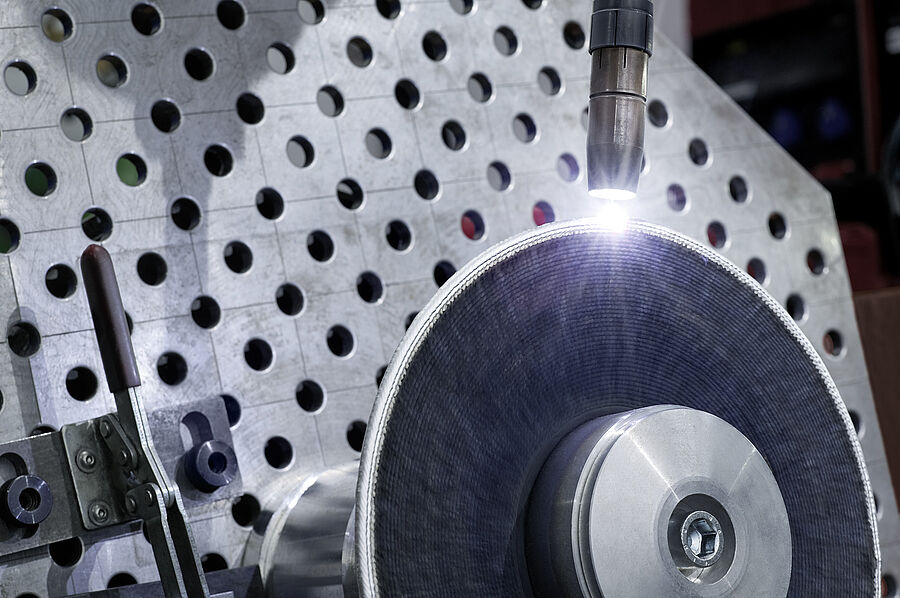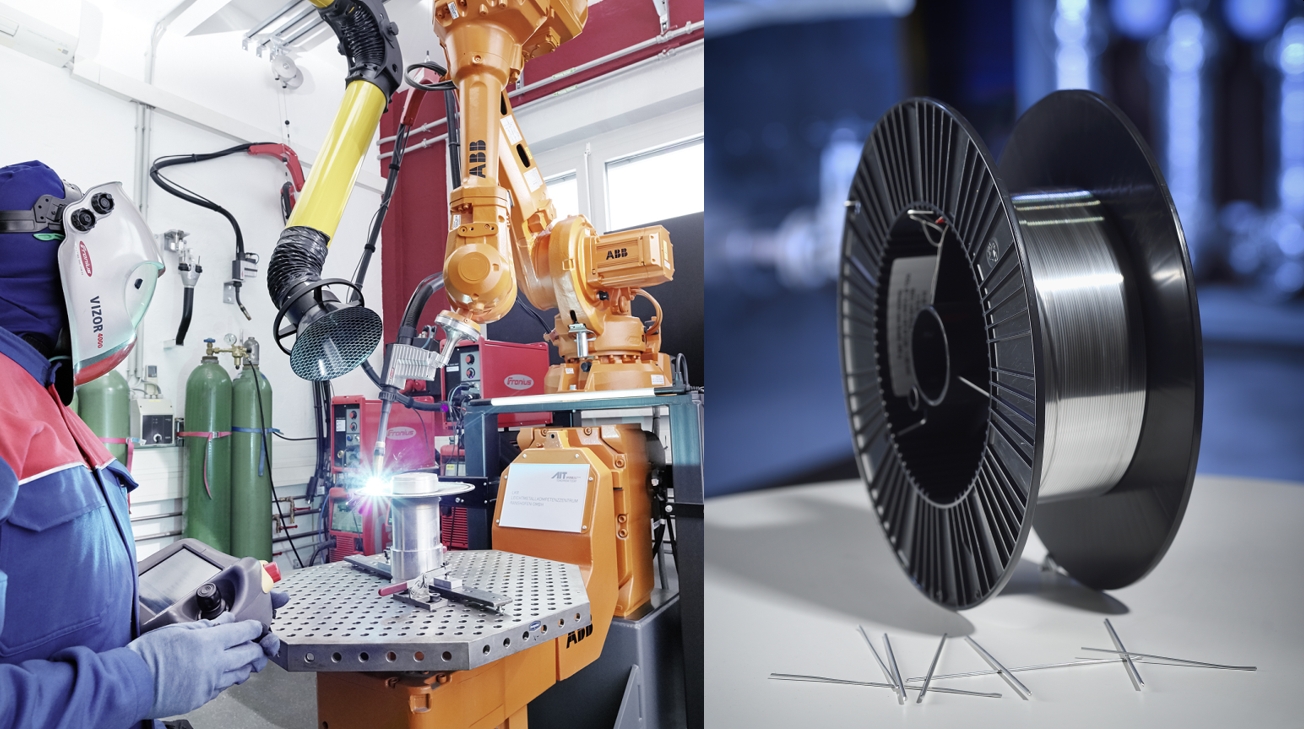Novel hydrogen tanks as a contribution to decarbonising the transport sector
MAST3RBoost (Maturing the Production Standards of Ultraporous Structures for High Density Hydrogen Storage Bank Operating on Swinging Temperatures and Low Compression) is a European project that aims to create an industry-ready solution for H2 storage at cryogenic storage temperature (~-180°C) under compression (100 bar) by developing a new generation of ultraporous storage materials (activated carbons/ACs and metal-organic frameworks/MOFs) for hydrogen-powered vehicles (road, rail, air and water transport).
The aim is to increase the H2 absorption capacity by 30 % and to transfer laboratory-scale synthesis processes to industrial-scale production processes. This would bring considerable progress for the possibilities of hydrogen storage and would be a significant contribution to decarbonisation.
With more than 1,000 million tonnes of CO2 emissions, the transport sector in Europe is already responsible for one third of climate-damaging CO2 emissions. A decarbonisation of the mobility sector is therefore urgently needed, and fuel cell and hydrogen batteries (FCH) can make a decisive contribution to this as a drive solution, especially for larger vehicles such as trucks, buses, ships or trains. A not insignificant economic factor - experts estimate that in the European Union alone this is a market worth 130 billion euros.
The current state of the art for hydrogen storage on board vehicles is based on the compression of H2 at 700 bar and is currently 25 grams of H2 per litre of storage volume. This is a very low figure, considering that the aim is to pack around 5 kg of H2 into a petrol-equivalent tank (80 kg/90 l) in the future. The difficulties associated with efficient H2 storage thus lead to a very slow uptake of fuel cell electric vehicles (FCEVs). The goal of MAST3RBoost is to achieve at least 40 grams of H2 per litre. This is an important milestone that would help provide a real alternative to conventional climate-damaging internal combustion engines.
Based on a new generation of ultra-porous materials such as activated carbon and high-density metal-organic framework compounds optimised by machine learning methods, the world's first adsorption-based demonstrator on a kg scale is to be developed in the MAST3RBoost project. In the sense of a circular economy approach, recycled raw materials in particular will be used. The research and development process focuses on a life cycle analysis in order to minimise the overall environmental impact and improve the economic performance of the hydrogen storage system already in the design phase.
The LKR Leichtmetallkompetenzzentrum Ranshofen of the AIT contributes in particular its expertise in the field of Wire-Arc Additive Manufacturing (WAAM) - the demonstrator component, a new type of hydrogen tank, is to be produced at the LKR using WAAM. Special aluminium and magnesium alloys developed at the LKR will be used.
This project is funded in the topic HORIZON-CL4-2021-RESILIENCE-01-17 by the European Health and Digital Executive Agency. It is a Research and Innovation Action project with a budget of 4,638,414.00 €, 100% funded by the EU.






